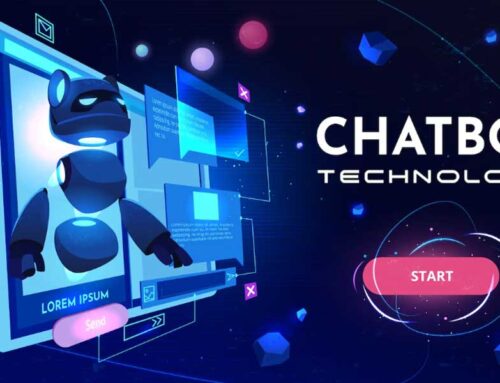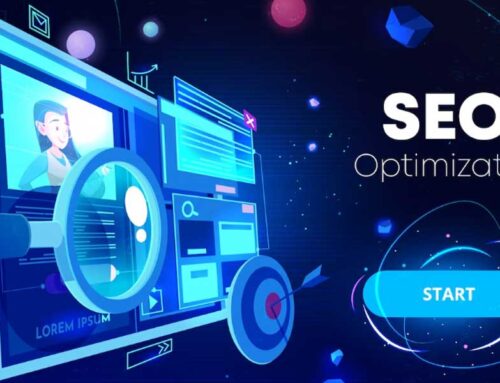How IoT is Revolutionizing Client-Server Services
The Internet of Things (IoT) has revolutionized the way businesses operate in almost every industry. With the ability to connect to devices and sensors in real time, the IoT has become a valuable tool for businesses looking to improve efficiency, reduce costs, and enhance customer experiences. One area where the IoT is having a significant impact is client-server services. In this article, we will discuss how IoT is revolutionizing client-server services and the benefits it provides.
What are Client-Server Services?
Client-server services are a model for delivering information technology services that separate the client and server components of an application. In a client-server model, the client component is the user interface, which runs on the user’s computer, while the server component is responsible for providing services and processing requests from the client component. The client-server model allows businesses to deploy applications that can be accessed by multiple users over a network.
IoT in Client-Server Services
The IoT is transforming client-server services by providing new ways to collect and analyze data. The ability to connect sensors, devices and other physical objects to the internet has created a vast network of interconnected devices that can provide real-time data about the physical world. This data can be used to monitor and optimize client-server services in real time.
The IoT has also enabled businesses to create new services that were not possible before. For example, smart homes use IoT devices to control everything from lighting and temperature to security and entertainment systems. This same technology can be applied to client-server services, allowing businesses to create new services that improve efficiency and customer experience.
Benefits of IoT in Client-Server Services
There are several benefits of using IoT in client-server services, including:
Real-time data collection and analysis: IoT devices can provide real-time data about the physical world, allowing businesses to monitor and optimize client-server services in real time. This data can be used to identify issues and make adjustments before they become significant problems.
Improved efficiency: IoT devices can automate many of the processes involved in client-server services, reducing the need for human intervention. This can improve efficiency and reduce costs.
Enhanced customer experience: IoT devices can be used to create new services that improve customer experience. For example, a smart home system that can detect when a user is a home and adjust the temperature and lighting accordingly can provide a more comfortable and convenient experience for the user.
Increased scalability: IoT devices can be used to scale client-server services to meet growing demand. By using cloud-based services and virtualization, businesses can easily add or remove resources as needed.
Improved security: IoT devices can be used to enhance the security of client-server services by providing real-time monitoring and detection of potential security threats.
Examples of IoT in Client-Server Services
There are many examples of how IoT is being used to revolutionize client-server services. Here are a few:
Smart Buildings: IoT devices can be used to monitor and control building systems, such as lighting, HVAC, and security. This can improve energy efficiency, reduce maintenance costs, and enhance the occupant experience.
Smart Logistics: IoT devices can be used to track shipments, monitor inventory levels, and optimize delivery routes. This can improve efficiency, reduce costs, and enhance customer experience.
Smart Retail: IoT devices can be used to track inventory levels, monitor customer traffic patterns, and personalize marketing messages. This can improve sales, reduce costs, and enhance customer experience.
Smart Healthcare: IoT devices can be used to monitor patient health, track medication usage, and improve patient outcomes. This can improve efficiency, reduce costs, and enhance the patient experience.
Challenges of IoT in Client-Server Services
Data Privacy and Security: With the vast amount of data being collected by IoT devices, data privacy, and security are critical concerns. Businesses must ensure that the data collected is secure and comply with data protection regulations. This includes the use of secure networks, encryption, and access controls.
Integration with Legacy Systems: Many businesses have existing legacy systems that were not designed to integrate with IoT devices. Integrating IoT with these systems can be challenging and may require significant changes to existing infrastructure.
Interoperability and Standards: With so many IoT devices and platforms available, interoperability and standardization can be a challenge. This can lead to compatibility issues and difficulty in integrating IoT devices with other systems.
Scalability: IoT devices generate a vast amount of data, and businesses must ensure that their infrastructure can scale to handle the increased demand for data processing and storage.
Cost: The cost of implementing and maintaining IoT devices can be a significant challenge for many businesses, especially small and medium-sized enterprises. This includes the cost of hardware, software, infrastructure, and maintenance.
Conclusion
IoT is revolutionizing client-server services by providing real-time data collection and analysis, improved efficiency, enhanced customer experience, increased scalability, and improved security. However, businesses must address the challenges of data privacy and security, integration with legacy systems, interoperability and standards, scalability, and cost. With careful planning and implementation, businesses can harness the power of IoT to transform client-server services and stay ahead of the competition.




